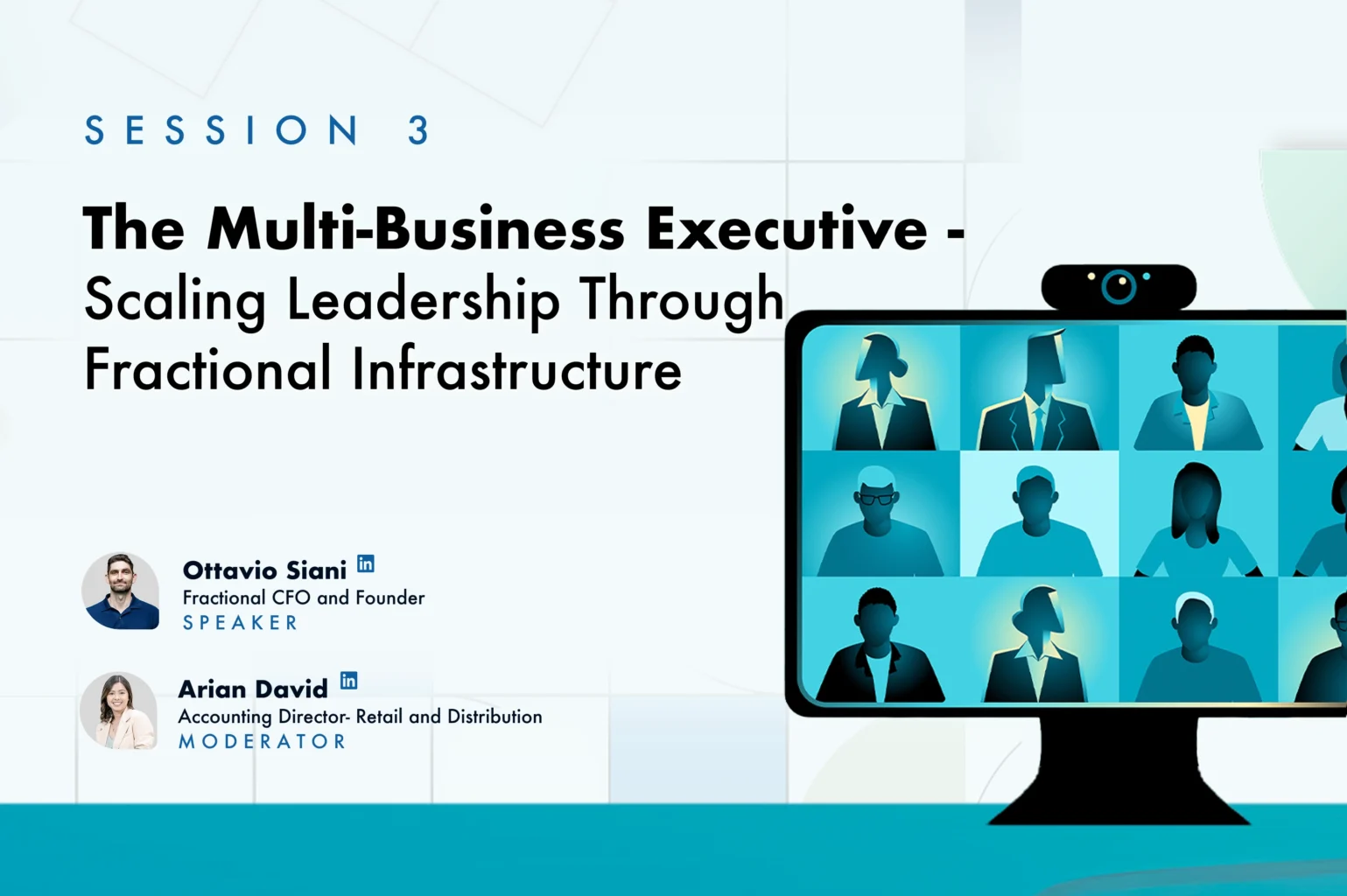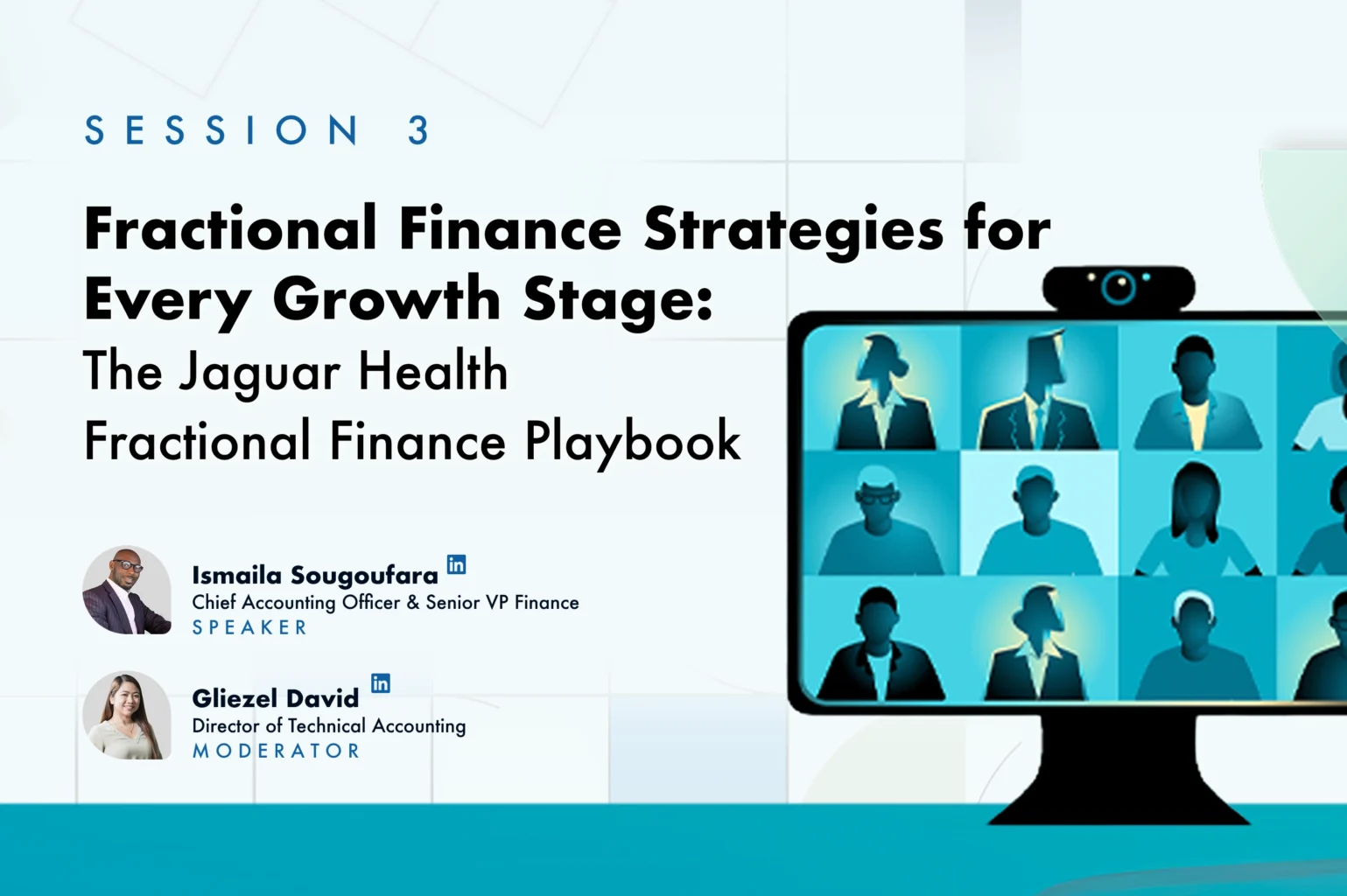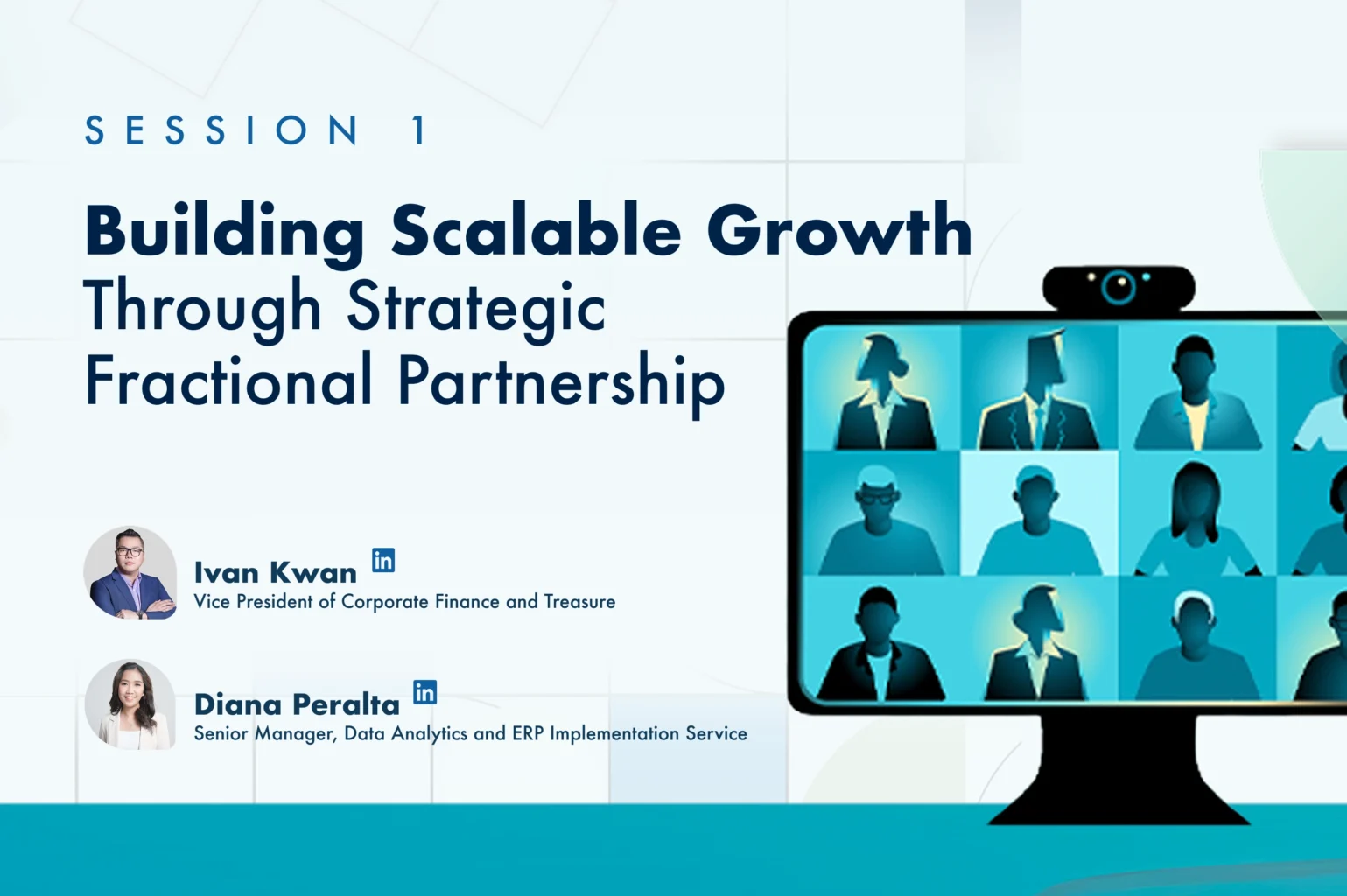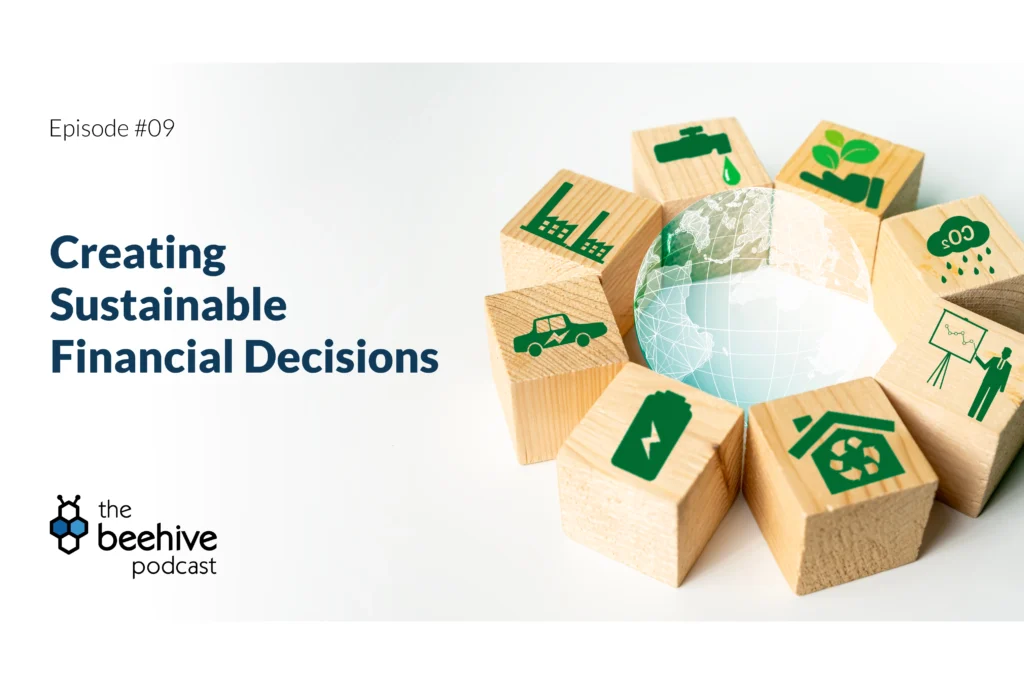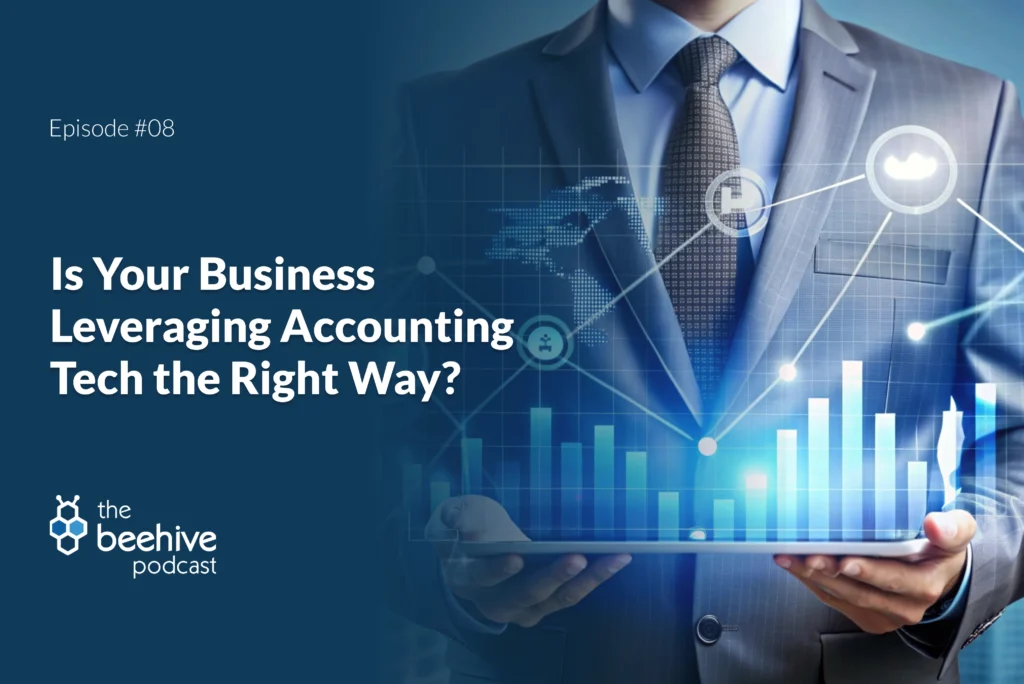Scrubbed and Context Nature recently hosted a webinar called Unlocking Green Tax Credits: Navigating New Incentives for Sustainable Growth. The webinar focused on the rapidly evolving landscape of green tax credits and how companies can maximize tax incentives and savings while driving sustainability.
Gliezel David, Technical Accounting Group Director at Scrubbed, hosted a panel that included Ephi Banaynal dela Cruz, Co-founder and CEO of Context Nature, Sylvia Vaquer, Co-founder and CPO of Context Nature and special guest Rachel McCleery, a senior advisor in the US Department of Treasury’s Inflation Reduction Act Program Office.
What’s the Background to Green Tax Incentives?
Ephi began by explaining that the Inflation Reduction Act (IRA) of 2022 has led to investment of more than $265 billion in clean energy and helped create more than 330,000 direct and indirect jobs in the US. “The IRA’s tax incentives cover a broad range of activities. We also have cross-cutting provisions, bonuses, and new credit monetization mechanisms that apply to multiple incentives,” Rachel explained. “So, think of the IRA as a Venn diagram. And there are lots of areas where some of these credits and provisions overlap.”Advanced Manufacturing Production Credit (45x)
The webinar focused on the new Advanced Manufacturing Production Credit (45x). This credit is designed to encourage domestic manufacturing of clean energy components. It applies to the production and sale of components such as solar panels, wind energy components, inverters, battery components, and critical minerals.
The new incentive consists of a refundable per unit tax credit for each clean energy component domestically produced and sold by a manufacturer. This is also the first time a federal tax credit has been extended to tax-exempt businesses. “We want to make sure that small business startups have access to this just like large OEMS,” says Rachel.” We are regulating it here at Treasury to ensure an increased uptake.”
The tax credit is refunded once the Treasury confirms that the business’ components are eligible and have been sold. However, companies applying for the credit must carefully examine the requirements. “Each industry and each component is going to be impacted differently,” says Rachel. “Each industry and each component is going to need different tax advice. There is no one size fits all with 45x.” Businesses in fast-growing sectors such as technology and renewable energy often rely on SaaS accounting expertise to manage the complex reporting requirements tied to these credits.
Rachel walked the attendees through calculating and claiming the credit, noting that the application process differs depending on whether a business has a tax liability. Companies without a tax liability must first create an online business account with the IRS and pre-file for energy credits. Firms with a tax liability will complete IRS Form 7202 and file it with federal income taxes.
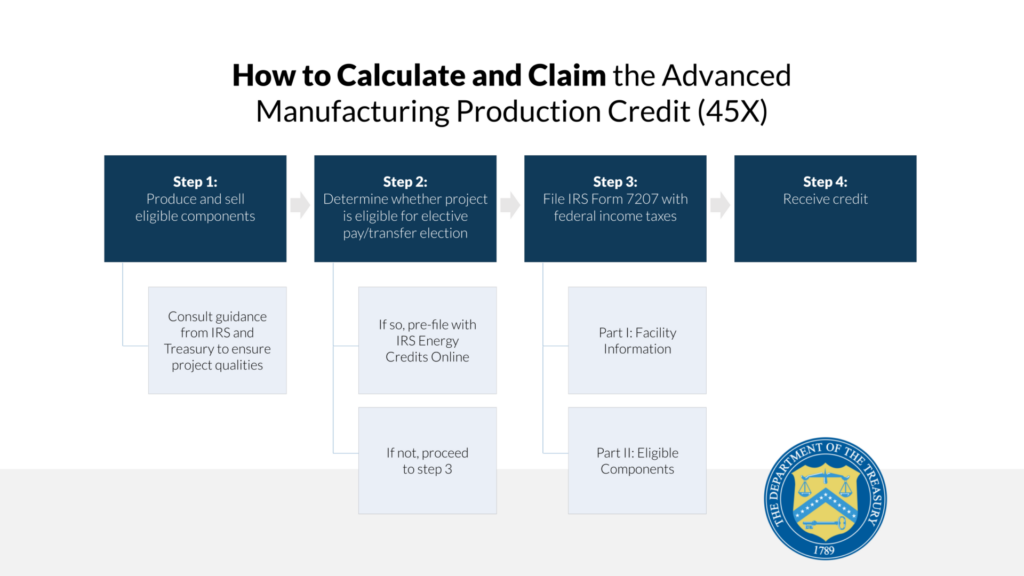
Recommended Best Practices for the Advanced Manufacturing Production Credit (45X)
Rachel and Sylvia advised attendees to follow these steps to ensure the application process runs as smoothly as possible:
- Understand Eligibility: Consult the IRS And Treasury guidance to ensure your project qualifies for the tax credit. This includes reviewing formal regulations and FAQs available on the IRS website.
- Consult a Tax Attorney: Since the Treasury cannot provide technical assistance, firms should work with a tax attorney to understand whether a project or component qualifies for the credit.
- Produce and Sell Eligible Components: For the Advanced Manufacturing Production Credit (45x), the company must have sold the components to qualify for the credit.
- If Your Business Doesn’t Have a Tax Liability, Consider Credit Monetization Mechanisms:
Determine whether your project is eligible for elective pay or a transfer election. This is particularly important for small businesses or startups that may not have tax liability and have to go through the online registration process with the IRS. Partnering with experts who provide fractional CFO services can help guide you through these options, ensuring you maximize available credits while staying compliant. - Businesses With Tax Liability File IRS Form 7207: For companies with tax liability, the credit is claimed by filing IRS Form 7207 with federal income taxes. It’s a good idea to check that the business is ready to provide all of the required information, including details about the facility and the components.
Maximizing the Credit
Sylvia then shared some of the ways that Context Nature helps their clients maximize the tax credit:
- Understand Which Credits Apply to a Specific Business: Context Nature helps clients analyze their business data to make sure they know which credits they are eligible for and when to start the process so that they can meet required deadlines.
- Include Additional Requirements: “There are a lot of additional requirements that can help maximize the credits, such as prevailing wage, apprenticeships, domestic content requirements,” says Sylvia. “Understanding how to navigate those can help unlock additional tax credits.”
- Ensure Proper Documentation: Poor reporting and lack of documentation are common problems. Having the necessary evidence and supporting documentation in place reduces the risk of delay or disqualification.
Avoiding Common Errors
Just as important as the best practices and the tips to maximize the credit are the pitfalls to avoid! Rachel and Sylvia outlined some of the issues that can arise when companies apply for green tax credits:
- Not Consulting IRS Guidance: One of the most frequent mistakes is not thoroughly consulting the IRS and Treasury guidance to ensure the project qualifies for the specific tax credit.
- Not Getting Started in Time: Sylvia advises,” If you haven’t pre-registered or if you don’t do it in due time, then you simply miss out on the credit.” It’s important to understand when to pre-register or apply.
- Getting the Timing Wrong: Businesses often fail to understand the importance of timing when completing the production and sale of eligible components. The tax credit can only be claimed once the company has sold the product.
- Lack of Technical Assistance: Since the Treasury cannot provide technical assistance, businesses must rely on tax specialists to understand whether their specific project or component qualifies for the credit. Failing to do so can lead to errors in the application.
- Improper Filing: Businesses with a tax liability must file IRS Form 7207 correctly with all required information, including facility details and eligible components. Errors in this form can lead to the IRS delaying or rejecting the refund.
Using Credits to Drive Sustainability
Green tax credits are one of the most important opportunities for businesses of all sizes to drive sustainability while maximizing financial advantages. However, the process can be challenging and successfully claiming the incentives requires careful planning, a thorough understanding of eligibility, and accurate paperwork.
Schedule a demo now on how to unlock the power of green tax credits with Context Nature’s AI-driven software—add value, save time, and scale your impact effortlessly.



